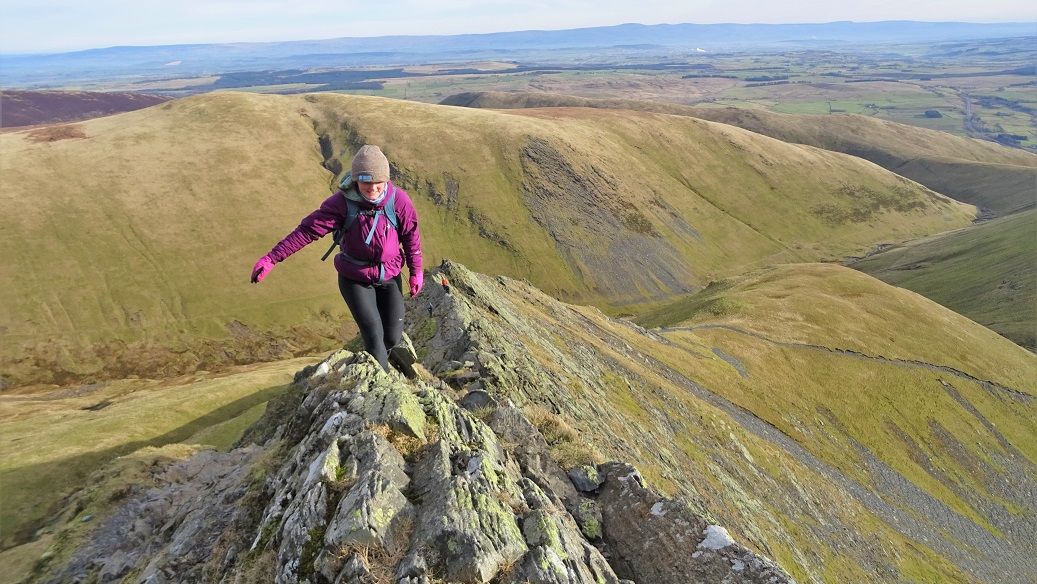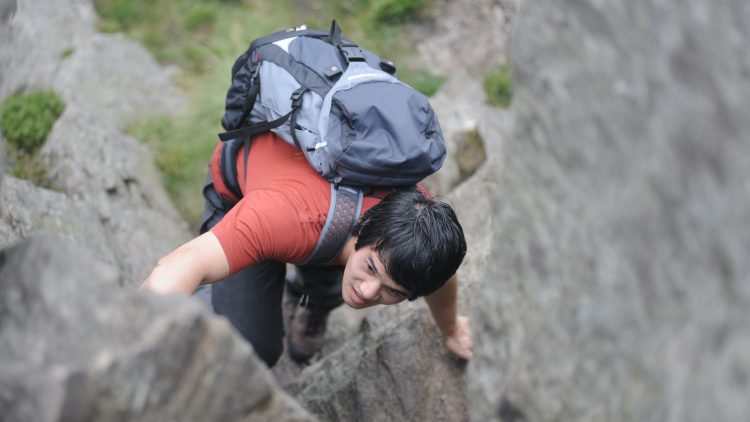Are you a mountain hiker looking to tackle steeper terrain but afraid of heights? Don’t panic – there are steps you can take to overcome your fear. It’s happened to us all at one time or another; that dizzying moment when you look down and realize the world is slipping out from under you and one wrong move could lead to oblivion or worse.
Panic creeps in. You freeze, wanting nothing more than to curl up into a ball and teleport back to the flatlands.
How to Overcome Your Fear of Heights? Well, consider that it may not be so much about “getting over it” as it is about learning to deal with it in a constructive way. It is, after all, a natural instinct, but it affects some people more than others. At its worst, it can prevent you from achieving what should be within your capabilities. Luckily, there are steps you can take to deal with it, and one of them may involve turning conventional wisdom on its head…
1. Conquer Your Own Fears
It’s important to emphasize that there is nothing “irrational” about feeling a certain amount of anxiety in the presence of big, potentially fatal falls. Caution towards heights is a built-in survival tool seen in children, and without it the climbing and hiking community would be much smaller.
Some people experience exaggerated fear, where a perfectly normal, healthy instinct crosses over into the realm of “phobia.” But mountain adventures are likely to stretch and challenge that instinct, even for people who are comfortable at altitude under normal circumstances — after all, gaining altitude is the whole point, and the desire to go higher runs counter to the logic of survival.
Added into the mix are negative past or childhood experiences, critical inner voices, and other psychological obstacles. Everyone is different, and where they fall on the height anxiety “spectrum” is not a simple question; everyone has their own demons.
The key to overcoming all of this is a combination of mental and physical preparedness, which is achieved through guidance, practice, and confidence. You will never completely overcome the fear reflex of heights, but you can learn to manage it.
2. Practice makes perfect
Many of us have seen people on a mountain route freeze at a cliff and panic, where even the simplest actions seem impossible. Even just keeping walking or making light climbing movements presents an insurmountable challenge.
The situations we are talking about are unfamiliar to us; that is what makes them scary in many ways. We are constantly confronted with dangerous situations in our daily lives, but they do not frighten us because familiarity, repetition and routine have removed the terror factor. We know to be careful when crossing the road, but this does not fill most people with paralyzing terror.
Similarly, you can acclimate yourself to steepness, heights and impacts through a similar process – getting used to it through constant practice, gaining experience. The more time you spend climbing terrain where altitude is a factor, the more capable you will be of dealing with both the mental and physical challenges it presents. If you can get used to the feel of the rock beneath your hands and feet, trust your body to do what you want it to do, and trust in your balance, then confidence will come naturally.
Practice, as always, makes perfect.
3. Hire a Guide
Getting to this stage, however, is a challenge. One of the best ways to do this is to hire an accredited guide or instructor whose advice and abilities you trust.
It makes a huge difference to be with someone who instills confidence in your own abilities. Many of us have found ourselves in situations where we thought there was no way to do something,whether it’s taking a certain step, overcoming a false step, or scaling a high ridge. The moment you actually do it is a revelation that opens up new realms of exploration and possibility. But sometimes it takes another person to give your confidence the boost you need to do it in the first place. Gradually improving your abilities will help replace those bad experiences with good ones.
4. Want to Climb? Try Rock Climbing First.
Common sense dictates that the normal progression of difficulty in the mountains is from walking hills to scrambling to rock climbing. But in some ways, scrambling is actually the more serious endeavor. Climbing is usually done without ropes, with higher falls. The moves themselves may be easier, but the consequences of a fall will often be much more definitive. It is no wonder that many beginner climbers find the experience unsafe.
In contrast, rock climbing with the safety of ropes and gear makes it comparatively safe, at least at lower levels. Rock climbing gives practice in tackling steep, vertical rock faces with the added confidence of safety. Learning to climb at V Diff will give you much more confidence when it comes to climbing.
It may seem counterintuitive, but the best way to overcome the fear of heights that prevents you from taking up climbing is to just take up climbing.
Source: alp.org.ua


